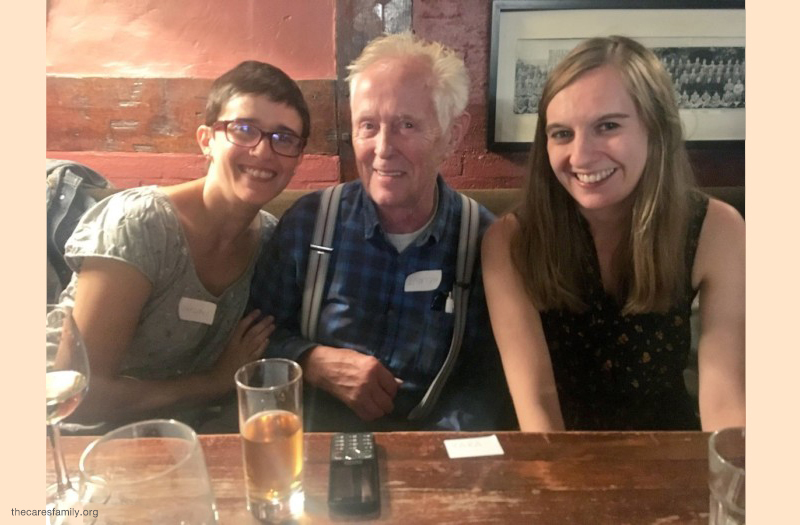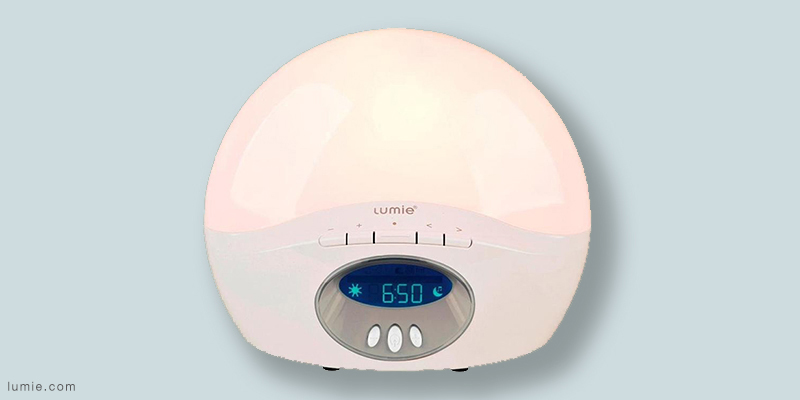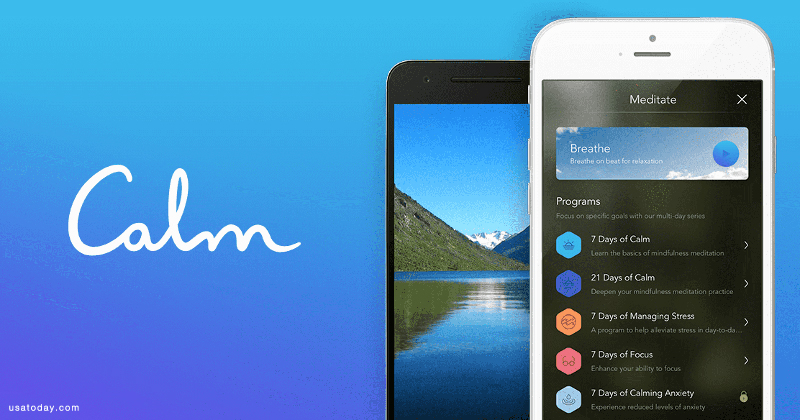The 21st century has brought with it an unprecedented surge in emotional and mental health issues and an article by Sarah Rich, Editorial Director at IDEO, nudged Zeitgeist to revisit the positive impact Design, as a discipline, could have on the wellbeing of people living in this century.
In this article we examine 3 emotional wellbeing issues of the 21st century and highlight a few design solutions that aim to mitigate them.
LONELINESS
According to the September 2018 issue of The Economist, the lonely are not just sadder; they are unhealthier and die younger – here is an article from Harvard University that explains why. Loneliness is not just affecting the elderly, as would be natural to believe. Studies have shown that the elderly are actually more resilient to loneliness than millennials. For all the benefits technology has brought, one of the negative impacts it has had on today’s youth has been the aggravation of feeling isolated from society.
While technology has improved connectivity, it has ironically, for a large section of the world’s population, decreased feelings of connectedness.
How can design help mitigate the rising global problem of loneliness?
One way would be to design more meaningful experiences. While a youngster may have 1000 ‘friends’ on Facebook, nothing beats the experience of human interaction. The Cares Family – a UK based charity dedicated to curbing loneliness – creates experiences that bring together the two groups most vulnerable to loneliness. It organises activities within communities that bring together those in the age groups of 65+ and 21 – 40, as it feels that these two groups have much to learn from each other and in doing so can build real bonds of connectedness, purpose, friendship, sharing and belonging.


DEPRESSION & ANXIETY
While we don’t mean to club anxiety and depression as a singular problem, in many cases the two go hand in hand. According to the Anxiety and Depression Association of America, nearly one-half of those diagnosed with depression are also diagnosed with an anxiety disorder.
– An Assocham study released a few years ago revealed that in India “Because of demanding schedules, high-stress levels, and performance-linked perquisites in private sectors, nearly 42.5 percent of employees in private sectors are afflicted with depression or general anxiety disorder…”
– In the US, anxiety disorders are the most common mental illness.
– According to ourworldindata.org, in 2016, the world had nearly 275 million people suffering from anxiety disorders.
– According to the WHO, globally, more than 300 million people of all ages suffer from depression.
These 4 statistics alone bring out the fact that anxiety and depression are amongst the biggest health issues of our time. The reasons are many – and we shan’t go into them here, but as designers we can ask ourselves what we can do to mitigate the problem.
Can we design products and services that push back against these alarming statistics?
Here are a couple of examples of products that aim to alleviate the prevalence of some forms of anxiety and depression:
Applications like Calm, Headspace and Breathe use technology to help people with de-stressing techniques at regular intervals. Some of these include meditation, focused breathing and stress-buster time-outs.
Colouring books for adults are an example of a product designed to alleviate anxiety and depression, as well as improve focus.
Concentrating on colouring shifts the focus from troubling and debilitating thoughts and moves it to something creative and rewarding – a completed art project.
Some products aim at easing specific types of anxiety or depression. For example, sunrise alarm clocks are designed to help people coping with Seasonal Affective Disorder (SAD), a type of depression related to changes in season.

Sunrise alarm clocks (also called SAD alarm clocks or bodyclock lights) such as those made by Lumie, use the concept of Light Therapy to gently and gradually increase the intensity of light emitted from the alarm clock, mimicking the way the Sun actually rises, beginning 30 minutes before desired wake up time. Incorporating a more holistic mirroring of the human body clock is a gentler way to ease the body into waking up. In contrast, waking up to a tune, even if it’s a peaceful one, is more jarring, and could cause the sudden release of cortisol, and hormone imbalance – leading to a bad mood or feelings of depression.
SLEEP DISORDERS
The example of the sunrise alarm brings us to the problem of sleep disorders. While some sleep disorders are caused due to underlying medical health issues, very often sleep problems are a result of other mental wellbeing issues, mainly anxiety and depression. What are the dangers of not getting adequate sleep? This video explains:
.
Here are a few products designed to help create the ideal ambience for a good night’s sleep:
In some cases completely blocking out all external sounds and/or listening to white noise can induce better sleep. Bose Sleepbuds have been designed specifically to enable this. While sleep buds can sometimes be large and uncomfortable, Bose keeps the design small and sleek, and ensures comfort even when sleeping on one’s side. Users can opt for preloaded music tracks that either mask external noise or help with relaxation, set alarms and timers, and charge the speakers through its nifty little case.

The Dreampad pillow’s inbuilt sound technology allows only the user to hear tracks while lying on top of it, without disturbing others in the same space. According to the company, the pillow is designed to be more effective than white noise machines alone, since it travels through the body by bone conduction and triggers the nervous system’s relaxation process simultaneously.
It plays preloaded ambient music that is most conducive to deep sleep.
Zeitgeist is always inspired by design solutions like these. And now we are asking ourselves how we can design experiences for heightened emotional balance.
Watch this space for more!







